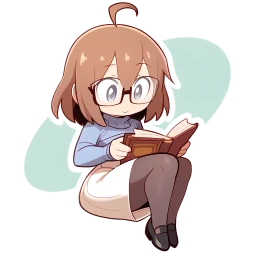Japanese Kanji Keyword Quiz
Master kanji recognition through spaced repetition
Ready to learn Japanese kanji?
We'll be using Spaced Repetition (specifically, the FSRS algorithm) to help you learn kanji.
The gist: you'll study kanji and record how you felt about each result. An algorithm will learn and determine the best time to show you the kanji again, aiming to show it to you again just before you forget.
Ready to get started? Here's the first set of kanji we'll study:
一
one
二
two
三
three
四
four
五
five
六
six
七
seven
八
eight
九
nine
十
ten
If it's your first time seeing the kanji, it's recommended to choose 'Again' if you're not already familiar with it.
Study Kanji Keywords
Essential Skills
Practice Method
Study Tips
- • Be honest with yourself when rating your performance. The algorithm learns from your responses to optimize your learning schedule.
- • Don't take failure to remember personally. It's normal to forget - the spaced repetition system is designed to help you remember long-term.
- • Focus on understanding the stories and constituents - they'll help you remember kanji more effectively than rote memorization.
- • Practice regularly! Even 10-15 minutes daily will help you make steady progress through the kanji.
Spaced Repetition (FSRS)
We're using the FSRS algorithm to help you learn kanji. It's like flashcards, but powered by an algorithm that optimizes your learning schedule based on your performance.
Rating System:
- Again: Failed to recall - will be shown soon
- Hard: Correct but difficult - shown sooner
- Good: Correct with effort - normal interval
- Easy: Correct easily - shown much later
Under active development. Currently limited to 290 kanji.

